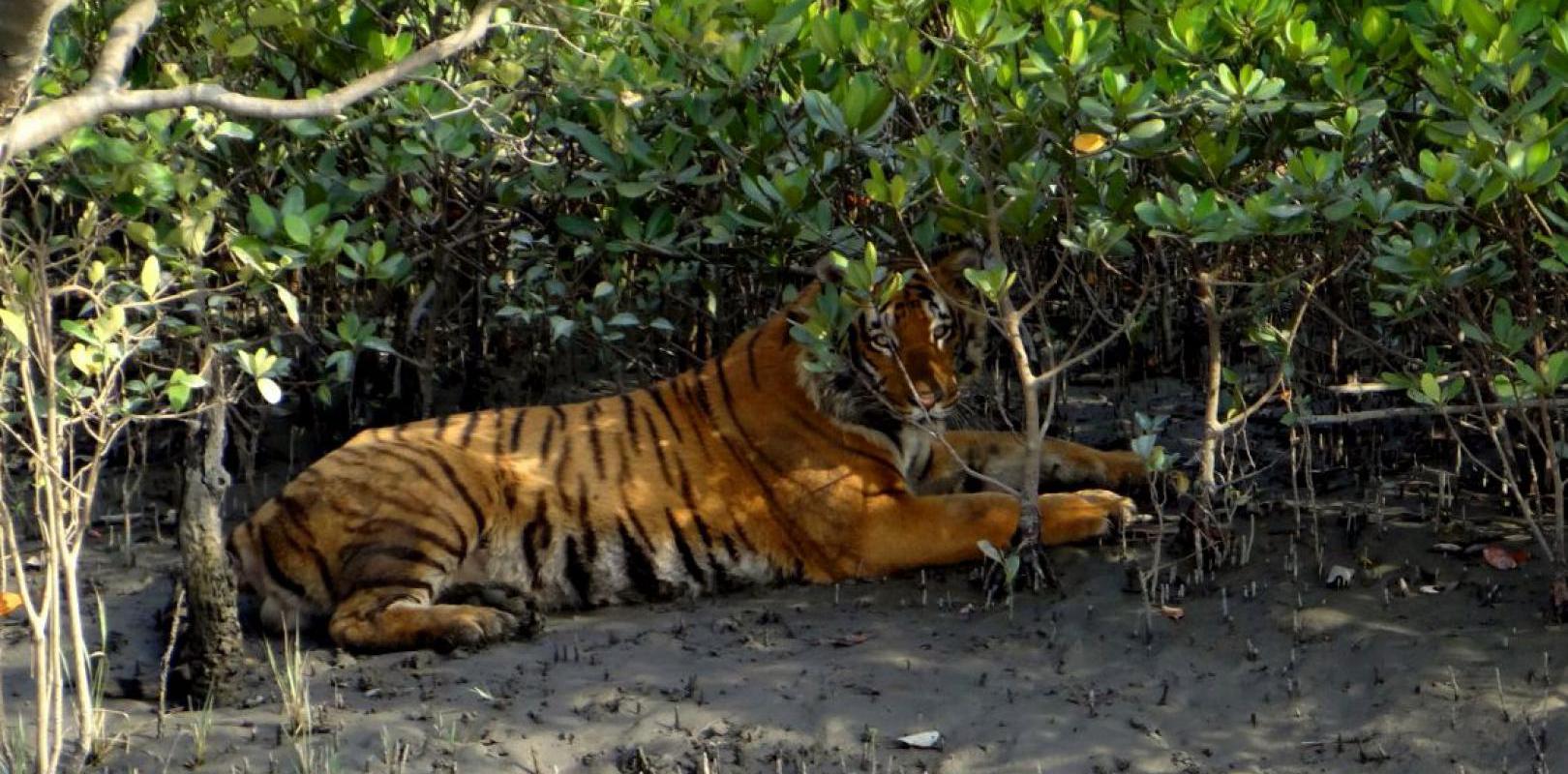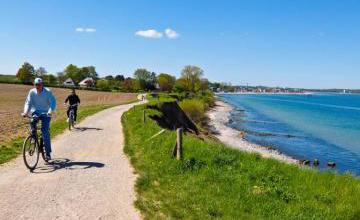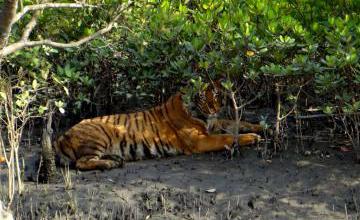Spotting a tiger in its natural habitat in India is notoriously hard. And no wonder as there are only 1,400 of these big cats in the country and these are spread over more than 40 national parks. Nevertheless, I was in the area so I took a trip to the Sunderbans Tiger Reserve in West Bengal and stayed hopeful.
Oddly, just before setting off from Calcutta to the Sunderbans Tiger Camp our naturalist, Avijit Dutta, reported that: “Some years ago, a 21-year-old woman was dispatched as part of a team to the Sunderbans to catch crabs to sell. On her way back, she was spotted by a hungry tiger who killed and ate her.”
By the time I had driven the 90km from Calcutta, picked up one of the many ferries on the Gadkhali jetty that sits in the mouth of the Ganges and sailed two hours to Waxpol Jungle Lodge on Dayapur island, this disconcerting story had been well and truly banished to the dark echelons of my mind.
In any case the mangroves and forests of the Sunderbans are shrouded in mist, mostly uninhabitable and much of it is out of bounds to most humans. So for the likes of me and other tourists, the only way to spot a tiger is on a ferry cruise.
About Sunderbans
From any perspective the view over the Sunderbans seems to stretch forever. “Forever” in numbers is actually 10,000 km2 (3,900 sq mi) making it the biggest area of coastal mangrove forest in the world. It spans two countries: Bengal in India and neighbouring Bangladesh. The Indian part (where I was) covers around 4,262 sq km, with 2,585 sq km given over to a national park and tiger reserve.
So it was amid this watery network of tidal waterways, mud flats, small islands and mangrove forests, that I took my chances. There were other hopefuls too, including a honeymooning couple also staying at Waxpol Jungle Lodge, who hired an entire romantically-dressed boat for themselves.
Two days meandering through the mangroves
The day started at 6.30am on the Jungle Tiger boat. We boarded as the sun rose and watched as the crew brought on breakfast and lunch parcels that they carried on their heads.
We finally set off a little after the colourful boat carrying the honeymooners but in the opposite direction. The sun was high and releasing orange-hued rays that made their way through a misty sky drawing a shimmering line of tapered light onto the water. It was a slow quiet glide passing Sajnekhali watchtower complex and through Pirkhali River – khali means canal – and the only noise was the hum of light chatter of Hindi banter from the crew.
When we turned right towards Sudhanyakhali, the scene was of swampy mangrove on both sides. And eventually a boat carrying hay.
By 8am we were deep in the creek and the egrets could be seen elegantly pottering about the coast, sandpipers flew overhead and black capped and brown winged kingfishers endemic to the mangrove popped up on tree tops and branches.
At 8.45 am there was some excitement. Freshly made tiger foot prints could be clearly seen in the silt. We followed the trail along the mud flats but these trailed off into the mangrove and away from sight.
Happily, a traditional South Indian breakfast of rice bread, udden dahl and rice – sambar powder sauce, lentils, tamarind and tomato and some peanut chutney on the side – was served and did much to dampen the disappointment.
Relevant Stories
No relevant stories found


 31 Dec, 2019 01:53 PM
31 Dec, 2019 01:53 PM  by
by












 Gmail login
Gmail login
 Facebook login
Facebook login
Comments